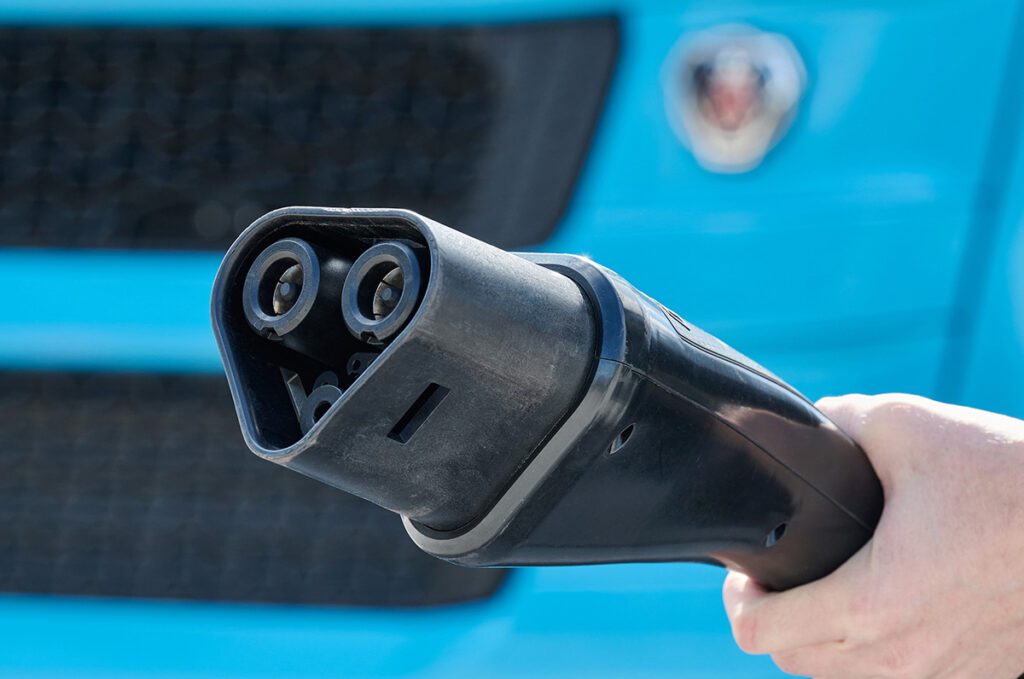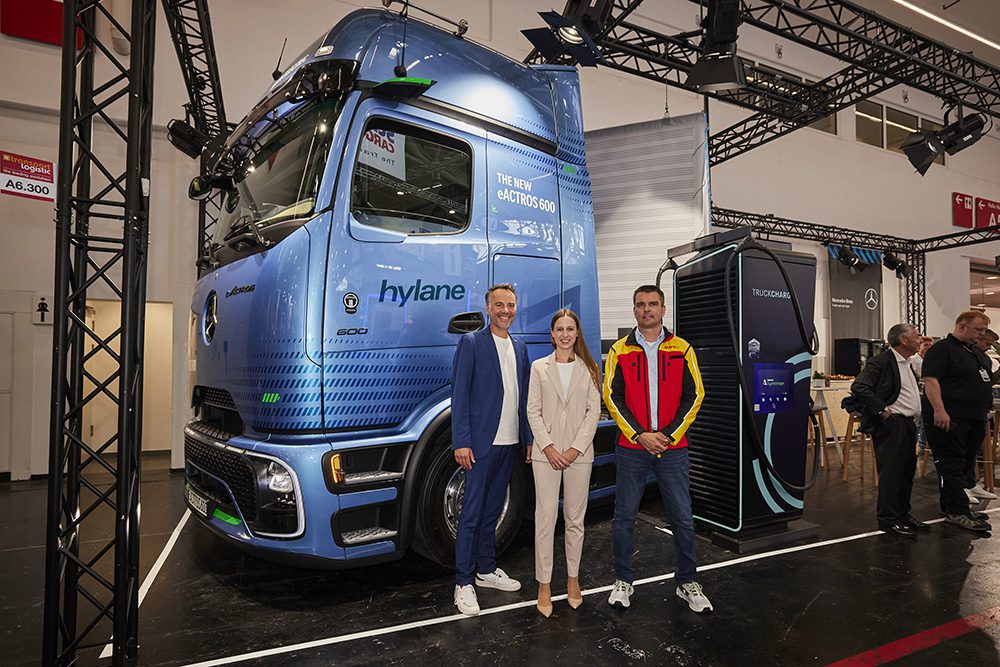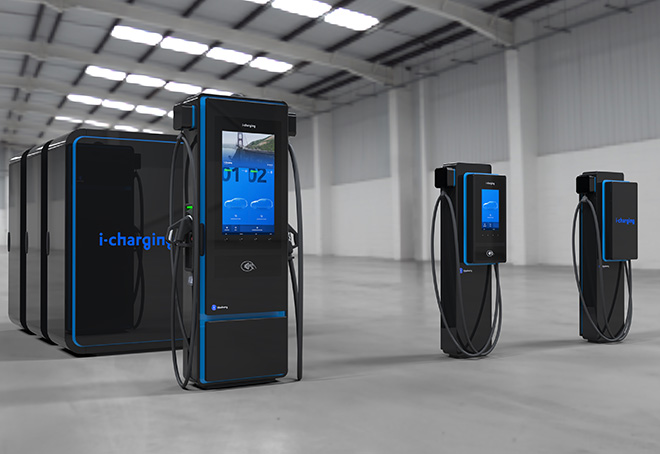The report sets priorities, including numerical objectives, in five key technical areas: batteries, drive systems, vehicle lightweighting, climate control and charging infrastructure.
Last March, the Obama administration launched a project it calls “EV Everywhere,” the second in a series of “Clean Energy Grand Challenges.” The goal is to bring together scientists, engineers, and businesses to make electric vehicles “more affordable and convenient to own and drive than today’s gasoline-powered vehicles within the next 10 years.”
Last week, the DOE released a detailed description of the plan, which sets priorities, including numerical objectives, in five technical areas that it identifies as keys to achieving the EV Everywhere goals: batteries, electric drive systems, vehicle lightweighting, climate control technologies and charging infrastructure.
Noting that “current battery technology is very far from its theoretical energy density limit,” the Blueprint says that “in the near-term (2012-2017), with advances in lithium-ion technology, there is an opportunity to more than double the battery pack energy density from 100 Wh/kg to 250 Wh/kg through the use of new high-capacity cathode materials, higher voltage electrolytes, and the use of high capacity silicon- or tin-based intermetallic alloys to replace graphite anodes.” It calls for reducing battery costs from $500 per kWh to $125 per kWh by 2022.
In the field of electric drive systems, the plan calls for greater system integration, and reducing or eliminating the use of rare earth materials. It sets objectives of reducing cost by 75%, size by 35%, weight by 40% and efficiency by 40%.
Making vehicles lighter is of course a worthy goal regardless of how they are powered. The Blueprint calls for a total weight reduction of almost 30% by 2022, through the use of advanced alloys, composites and other materials.
More efficient climate control technology is also something that could have applications beyond EVs. The report notes that climate control loads on an EV can double energy consumption, and calls for research in load reduction/management, advanced equipment and cabin pre-conditioning.
Finally, the report discusses some of the issues involved in developing charging infrastructure, including siting, permitting, codes and standards, signage and grid integration. It also describes the EV Everywhere Workplace Charging Challenge, an initiative that will involve charger manufacturers and hosts, utilities, community planners and local governments, with a goal of increasing the number of employers offering workplace charging by tenfold in five years.










































































































